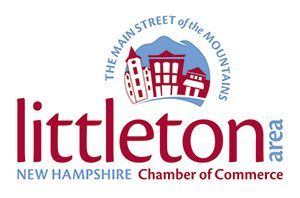
Ryegate was chartered on September 8, 1763, by New Hampshire’s Governor Benning Wentworth as part of the New Hampshire Grants. At first, it was a typical northern frontier settlement—woodlots, clearings, and scattered proprietors. But in 1773, something unusual happened: a group of Scottish farmers, organized under the Scotch American Company, purchased the southern half of the town from Dr. John Witherspoon—the same Witherspoon who would sign the Declaration of Independence and later serve as president of Princeton College.
The following year, in 1774, the first wave of Scottish settlers arrived. Most came from the Glasgow region, bringing with them their Presbyterian faith, stone masonry skills, and a cultural cohesion that would shape the town for generations. While much of northern New England was settled by families from Massachusetts and Connecticut, Ryegate became a distinctly Scottish enclave—sometimes referred to as “Little Scotland in Vermont.” Early church records and land deeds show how tightly knit these settlers were, with shared worship, mutual aid, and a communal approach to building their new lives.
Their craftsmanship still stands in granite and fieldstone. One of the most striking legacies is the Whitehill House, built in 1808 on Groton-Peacham Road. Constructed entirely of local granite, the house is a rare and enduring example of Scottish stone masonry in Vermont. It remained in the Whitehill family for more than a century, until 1928, and was listed on the National Register of Historic Places in 1975. Its thick walls and simple elegance are more than architecture—they’re testimony to a community that valued endurance.
Ryegate’s story isn’t about one dramatic event but rather about a deliberate settlement that blended old-world traditions with the rugged realities of Vermont. The Scots who came here carved lives that were both practical and deeply rooted in heritage. Two and a half centuries later, their legacy stands quiet but unmistakable, in granite walls and enduring homes scattered across southern Caledonia County.
Sources
Ryegate, Vermont, Wikipedia — charter date, settlement patterns, Scotch American Company.
Glover, Waldo F. “Old Scotland in Vermont,” Vermont Historical Society.
National Register of Historic Places, “Whitehill House” (Ryegate, Vermont) — construction date, ownership history, architectural details.
Have a story?
Let's hear it!
(802) 757-2773
(603) 787-2444
news@thebridgeweekly.com




